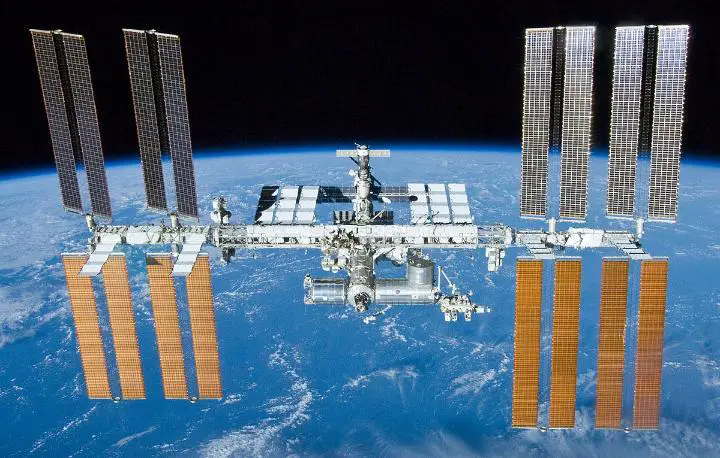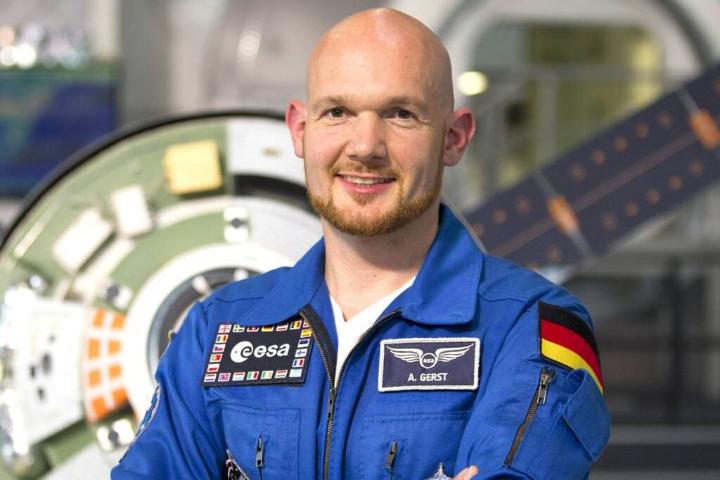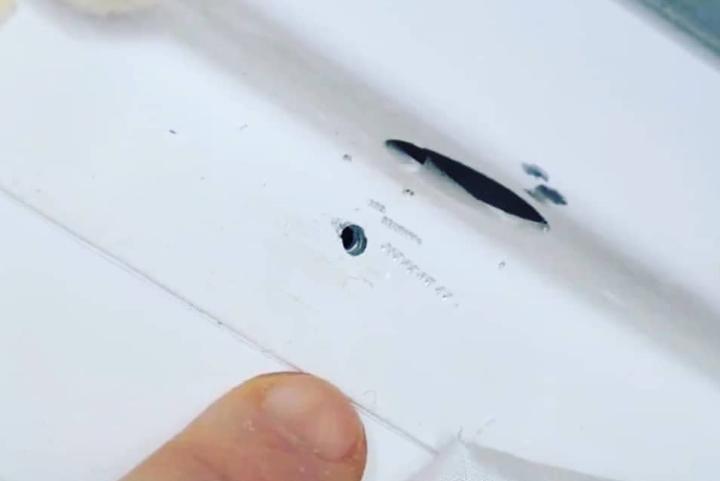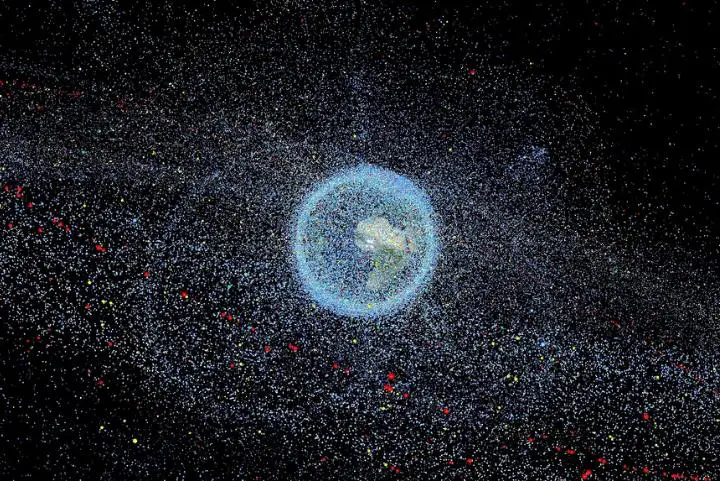Astronaut Plugs A Leak On The ISS With His Finger
Science

Houston, We Have A Problem
NASA/Crew of STS 132
When European Space Agency astronaut Alexander Gerst realized that a small meteorite (a micrometeoroid) had punched a hole in the wall of the International Space Station (ISS), he did what anyone else would have done—he plugged it with his finger and called for help. Immediately following Gerst’s improvised solution, the crew patched the hole with tape to seal off the leak until they could permanently repair the hole with epoxy.
Sometimes, the quickest solutions are a bit unconventional.
The hole, which was about 2 mm wide and slowly leaking air into space, appeared in the middle of the night while the crew was asleep. As it wasn’t considered important enough for anyone to wake up and fix it, they left it until morning. Unpatched, it would have taken 18 days for the air to drain from the module.

Going Forward
CommonLens
Fortunately, the only went a few hours before being patched, letting out about 2.5 cubic feet of air (about 18 gallons).
NASA has released a statement that Houston’s flight controllers are continuing to monitor cabin pressure following the repair. They also announced that Roscosmos, the Russian space administration, has assembled a commission to further analyze the cause of the leak.
So far, the epoxy patch has proven to be a stable and airtight seal, keeping space out and the air in. However, a micrometeoroid may not have been the culprit. Another possible cause of the leak was thought to be a faulty seal, though new evidence seems to suggest that the hole was possibly manmade, intended as an act of sabotage. Roscosmos’ commission is investigating all possibilities.

Plenty Of Company
Smithsonian
The sabotage rumors are merely that, rumors. The most likely case is that the hole was a manufacturing defect and that the seal, which had once kept it shut, had deteriorated.
If a piece of space debris caused the leak, it is bound to happen again, as there are well over 170 million pieces of space debris orbiting Earth. The ISS is built to withstand these impacts, and even though hull punctures like this are relatively uncommon, the ISS will continue normal operation following the incident.

European Space Agency
Earth is surrounded by a cloud of space junk, and the likelihood of impact increases every second as pieces collide and create even more, smaller bits of debris.